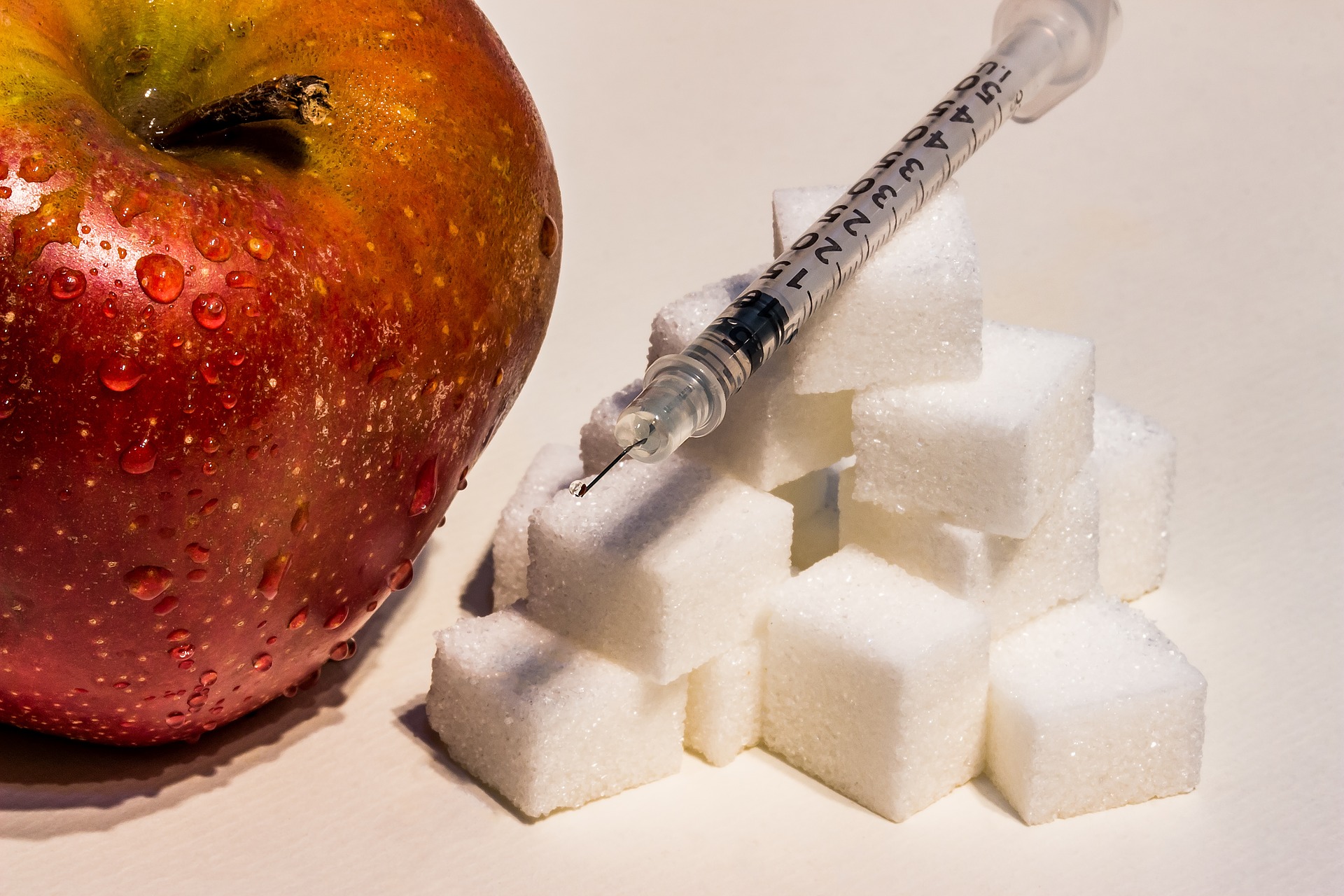
All About Type 2 Diabetes
 Normal blood sugar levels can experience difficulties and cause high blood sugar which can lead to Diabetes Mellitis. There are three types of diabetes to be aware of:
Normal blood sugar levels can experience difficulties and cause high blood sugar which can lead to Diabetes Mellitis. There are three types of diabetes to be aware of:
- Type 1 Diabetes Mellitis results from the pancreas’s failure to produce enough insulin. This form was previously referred to as “insulin-dependent diabetes mellitus” (IDDM) or “juvenile diabetes”. The cause is unknown.
- Type 2 Diabetes Mellitis begins with insulin resistance, a condition in which cells fail to respond to insulin properly. As the disease progresses a lack of insulin may also develop. This form was previously referred to as “non insulin-dependent diabetes mellitus” (NIDDM) or “adult-onset diabetes“. The most common cause is excessive body weight and not enough exercise.
- Gestational diabetesis the third main form and occurs when pregnant women without a previous history of diabetes develop high blood-sugar levels.
Your Doctor can help you check your actual blood sugar level and ensure it is normal. If your blood sugar level is not right, it could be the start of type 2 diabetes symptoms.
Signs to look for in undiagnosed type 2 diabetes are hyperglycemia or high blood sugar as well as food cravings, unusual hunger or thirst. Also irregular urinating, dry skin , tiredness or blurred eyesight can be symptoms of type 2 Diabetes Mellitis. Some people don’t show any signs and symptoms at all and mild signs and symptoms can go unnoticed. People don’t always recognise the signs and symptoms.
You may wonder how diabetes can be undiagnosed however if you don’t possess any of the obvious symptoms, the only way to diagnose diabetes is through screening.
A glucose test after a two hour fast can also check blood sugar.
Diabetes can be genetic therefore if there is any family history you should check with your Doctor for signs.
It is important that you are aware of any changes to your body that cause concern. Even psychological or physical stress or anxiety could contribute to symptoms of diabetes.
Blood sugar levels can increase before or after eating therefore if you are diagnosed with diabetes, you should take care to eat regularly and healthily.
Prevention and treatment of diabetes involve maintaining a healthy diet, regular physical exercise, a normal body weight, and avoiding use of tobacco. Control of blood pressure and maintaining proper foot care are also important for people with the disease. Type 1 Diabetes Mellitis must be managed with insulin injections however Type 2 Diabetes Mellitis can be treated with medications with or without insulin. Insulin and some oral medications can cause low blood sugar. Weight loss surgery in those with obesity is sometimes an effective measure in those with type 2 Diabetes Mellitis. Gestational diabetes usually resolves after the birth of the baby.














